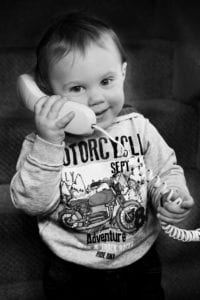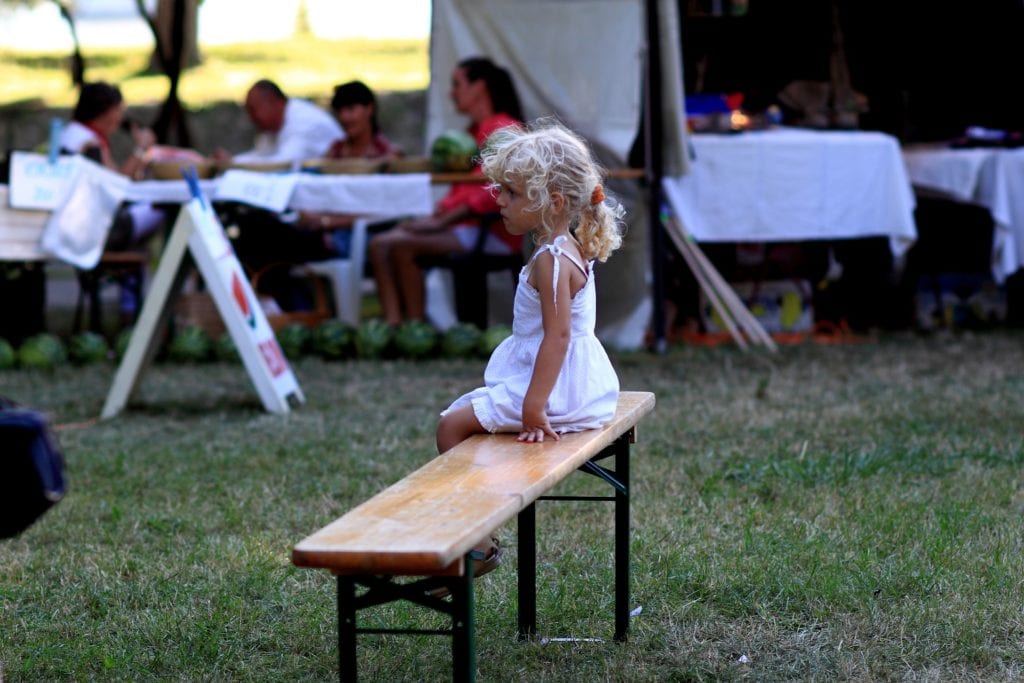Emotional regulation problems are all common among children with special needs, even though the causes may be different. For some, it may be because they experience sensory overload and can’t quite express their discomfort. For others, it is an inability to properly understand people’s social cues and neurotypical ways of thinking.
That is why parents and teachers should know that there are tools that are important staples when it comes to the emotional regulation problems of a special needs child. These tools can teach the child how to better communicate their problems, or enable a way to properly manage their feelings. Here are three of the most well-known items that should be in your kit when you are in charge of special needs children.

1. Alternative Communication Devices
These come in a wide variety of different forms but all have the same function: to enable special needs children a more straightforward way to indicate how they feel.
You can start with something simple as a little, home-made card for them that they can use to indicate their current emotions or moods. There are also mobile apps like Proloquo2Go that use sophisticated symbol-based systems to help them communicate more complicated messages about their feelings.
Furthermore, it is important that you should also take a lot of personal effort to teach the child to use such tools and also do some learning of your own when it comes to patiently understanding the nuances of their chosen pictures and symbols. It may not automatically mean instant understanding in one night, but constant practice will lead to deeper understanding in the long run.
2. Special Units and/or Private Spaces
A unit is basically a special room intended for the exclusive use of special needs children. They come in many examples depending on the disorder. Some schools provide ASD units where those with autism can be given space or a place to act out in case they are on the brink of an emotional meltdown. There are also schools who provide similar spaces as part of their Learning Support Unit (LSU) plan.
But whichever is more available, it is important for parents and educators to know where such spaces can be found. There is also no reason why you can’t have something similar at home. Children who have been diagnosed with conditions that impair emotional regulation will always warrant a more private, personal space during times of distress.

3. Calming Toys and Tools
Lastly, the child’s space isn’t complete without the presence of special items or toys designed to have a calming effect on their mind. Now, at first, finding the right item can be challenging depending on the child’s disorder. Fortunately, their condition does favor certain types.
For instance, children with ASD might prefer stuffed toys made of a fabric that is pleasing to the touch and represent their most favourite animal. Fidget spinners or fidget beads are often recommended for people with ADHD. Surprisingly, some children may even prefer chew toys because chewing has similar soothing effects.
As always, getting advice from your child’s doctor will certainly help so ask them for any recommendations they might have to give your child a go-to item they can use in case of emotional emergencies.
On a final note, it is important to remember that a child with a particularly high degree of emotional dysregulation cannot be expected to handle their emotions like a regular one. It is not through any fault of their own. It is also not through any fault of the parents. Tools like the ones mentioned above are all just part of the process.
“Want to learn more about how better listening leads to a better life? Get a consultation with us today!”
Françoise Nicoloff
Official Representative of Tomatis Developpement SA in Australia, Asia and South Pacific, Director of the Australian Tomatis® Method, Registered Psychologist, Certified Tomatis® Consultant Senior, Tomatis® International Trainer and Speaker, Co-author of the Listening Journey Series, 40 Years of Experience, Neurodiversity Speaker



